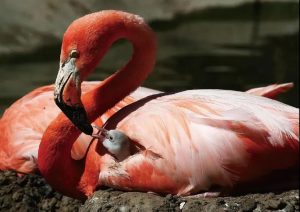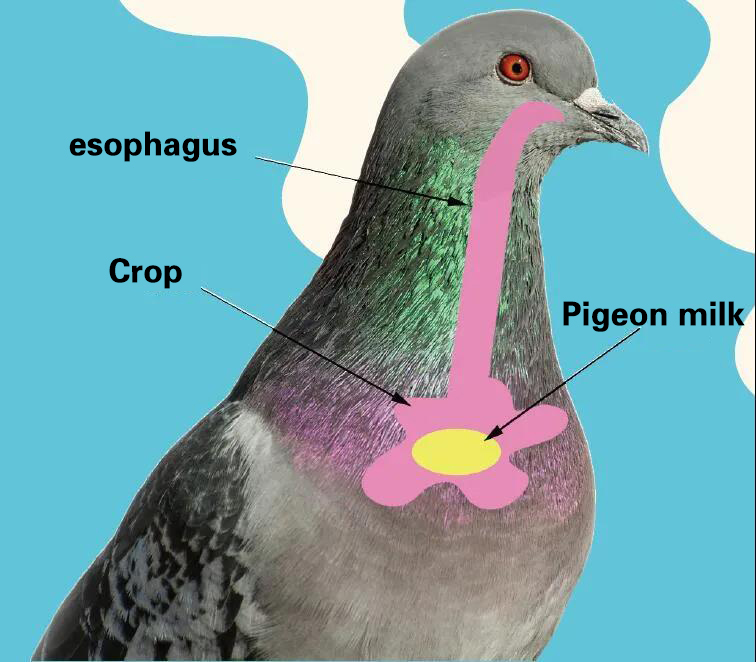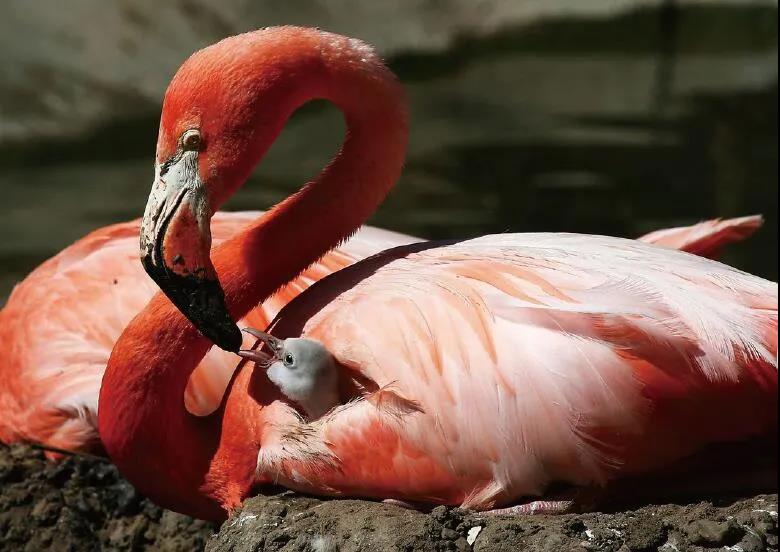
Generally speaking, only mammals can secrete milk through the mammary glands and feed it to their young. But there are some animals that are not mammals, but they can also secrete nutrients like milk to supplement nutrition and strengthen immunity for the next generation until they grow up to support themselves.
Pigeon: cheese-like pigeon milk
Pigeon milk is not the same as normal milk. It is not produced from the breast of pigeons, but from a structure called sacs. Wound sac is located near the pigeon’s esophagus and is usually used to store food. However, after the pigeon’s eggs are laid, the sac of the pigeon parents will undergo a series of changes: the epithelial cells of the pigeon proliferate in large quantities and begin to produce a large amount of protein and fat. , They gradually filled the sacs and turned into cheese-like yellow spheres.

This kind of sphere is also called pigeon milk, which contains not only rich casein (the main protein in mammalian milk), but also immunoglobulin and lactoferrin, which can enhance immunity; and fat and various trace elements are harmful to young The growth and development of birds is very important.
Flamingo: blood red milk
When a flamingo is just born, the filter-feeding structure of the beak is not fully developed, and it is unable to filter out the small insects and shrimps in the lake to eat. Therefore, the flamingo parents, like pigeons, secrete from the sac of the digestive tract. Feed the baby bird’s milk. Flamingo bird milk is also a high-protein product, with a protein content of 9%, far exceeding milk (3%) and human milk (0.9%).

But the flamingo “feeding” scene is a bit horrible, it looks like it is feeding blood, because the flamingo’s milk contains canthaxanthin (an orange-red carotenoid), and a small amount of hemoglobin, showing a bleeding red.
Emperor Penguin: Daddy’s Condensed Milk
After laying eggs, female emperor penguins will return to the sea to replenish energy by foraging and bring some food back to the breeding ground; male emperor penguins are responsible for incubating penguin eggs, but once the female bird returns late, the emperor penguin father must feed and incubate alone Young bird. But they don’t eat or drink during the hatching period, and they can’t regurgitate small fishes and shrimps for children to eat. What should I do?

The male emperor penguin has another trick-it secretes a white condensed milk-like substance from the glands near the digestive tract, which is rich in protein and fat, which can ensure that the young birds survive the hunger. The male emperor penguin is like a competent “daddy”, able to incubate eggs and produce milk, and they are also the only penguin that can secrete bird milk.
Pacific Beetle Cockroach: Milk Crystals in the Body
Nymphs are larvae of incompletely metamorphic insects and do not undergo pupal stage. Their morphological structure and living habits are similar to those of adults.

Most cockroaches are oviparous animals, but the Pacific beetle cockroach is a viviparous cockroach. Its embryo develops directly in the oocyst (similar to the human uterus). When the embryo develops to a certain stage, it will drink the secretion from the oocyst cells. “Cockroach Milk”. This kind of cockroach milk is rich in protein, fat and carbohydrates, so that the nymphs get a lot of nutrients in the mother’s body, gain weight quickly, and develop quickly. At the same time, breast milk is concentrated into crystals in the body, also called milk crystals, which continue to feed the nymphs. After birth, cockroaches develop significantly more mature.
Scientists have discovered that the nutritional value of cockroach milk is several times that of milk, and they have begun to study synthetic cockroach milk. Maybe in the future we will increase nutrition by drinking cockroach milk!
Comments